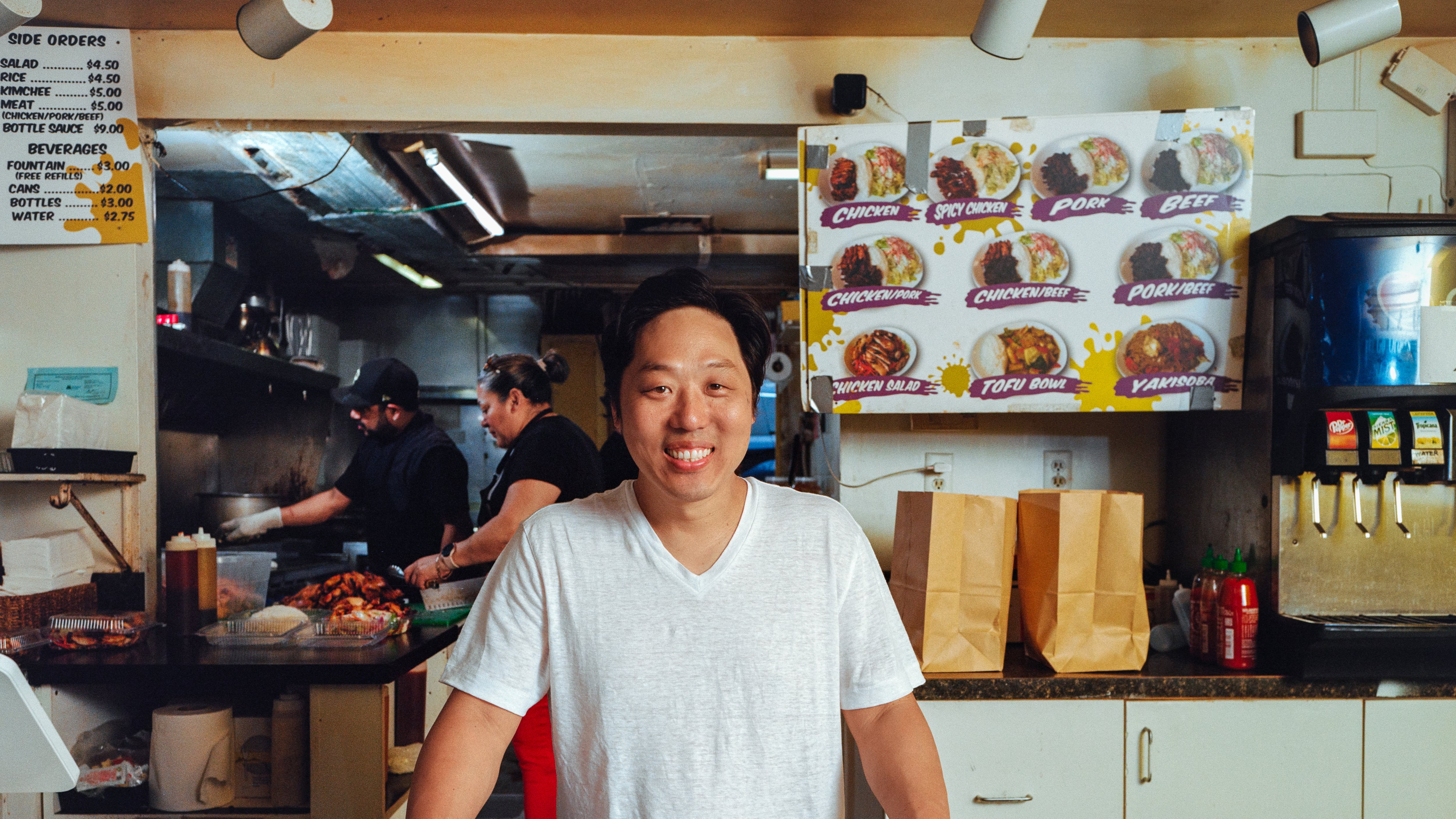Portland’s neighborhoods have always felt like hidden treasures. Few discoveries are so satisfying as turning a corner and discovering a row of shops you never knew existed, a public garden welcoming you to linger, or a cozy pub glowing at dusk on a rainy evening.
If those places seem a little more precious lately, maybe that’s because recent history shows how fragile they are.
For much of two years, a virus kept Portlanders locked out of our gathering spaces—and we emerged to find many of them didn’t weather the absence. Too many streets are now pockmarked with fenced-off storefronts and squatters’ dens—signals of neglect and the high cost of remaining housed. The city’s primary neighborhood, its downtown, has fallen into a sorry state, a condition that causes citizens to talk about venturing there like it’s a wartime sacrifice. It’s shocking how quickly a cornerstone of our shared civic life degraded.
But that should inspire gratitude for what remains—and how swiftly it has recovered. Any Portlander who’s honest about the condition of the city knows that its vibrancy shifts from block to block. The result is that some neighborhoods and their business districts now feel like oases, or beacons out of the darkness.
For years, WW published Finder, an annual guide to the places and people that make Portland special. This year, we wanted to concentrate on our favorite element from that magazine: the neighborhood roundups.
We chose seven neighborhoods that are often overlooked—no Laurelhurst Park, St. Johns Bridge or Alberta Arts District grace the following pages. We zoomed in on the streets that fall between their more famed brethren.
Part of our reasoning is that we wanted to avoid the temptation that often befalls “Portland’s hottest neighborhoods” directories: that of defining a good neighborhood as a line of single-family homes where upper-middle-class white people live. That’s a false, exclusionary way of defining what makes a place thrive—especially as more and more of Portland becomes prohibitively expensive.
So we tried to think about neighborhood character in a different way. What makes Rose City Park wonderful isn’t just its bungalows and bikeways. It’s a teriyaki shop (Du’s Grill, the best in the country) where Anthony Park so faithfully greets high school patrons that one of them (Aminé, the rapper) goes on to shout him out on a track. In other places, it’s international markets, food carts in gas station parking lots, and the everyday kindness of pod villages.
That’s why, whenever possible, we asked writers to tell us about their own neighborhoods. Our goal is to go beyond the landmarks and show you what makes some of the lesser-known spots in the city worth living in.
Consider what follows a guidebook to your own city. We hope it helps you find a place that feels like home. —Aaron Mesh, Managing Editor
Grandmas Go Out for a Cup of Chowder in Portsmouth
Cats Can Find Luxury in Rose City Park. The Rest of Us Get Great Teriyaki.
In Montavilla, Secret Tunnels Connect Craft Beer and Sushi
You Might Need a Little Help Finding the Dive Bars in Slabtown. They’re Worth the Search.
In Woodlawn, Drinking Comes With Video Games and Drag Brunch
Multnomah is Portland at Its Most Wes Andersonian
Visit Pleasant Valley for the Hiking, Stay for the Fruit Trees

